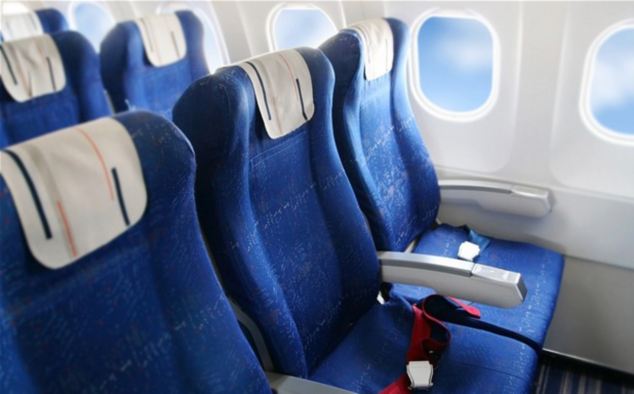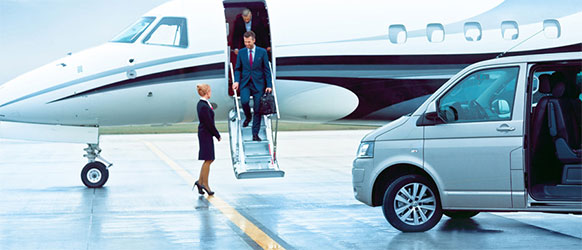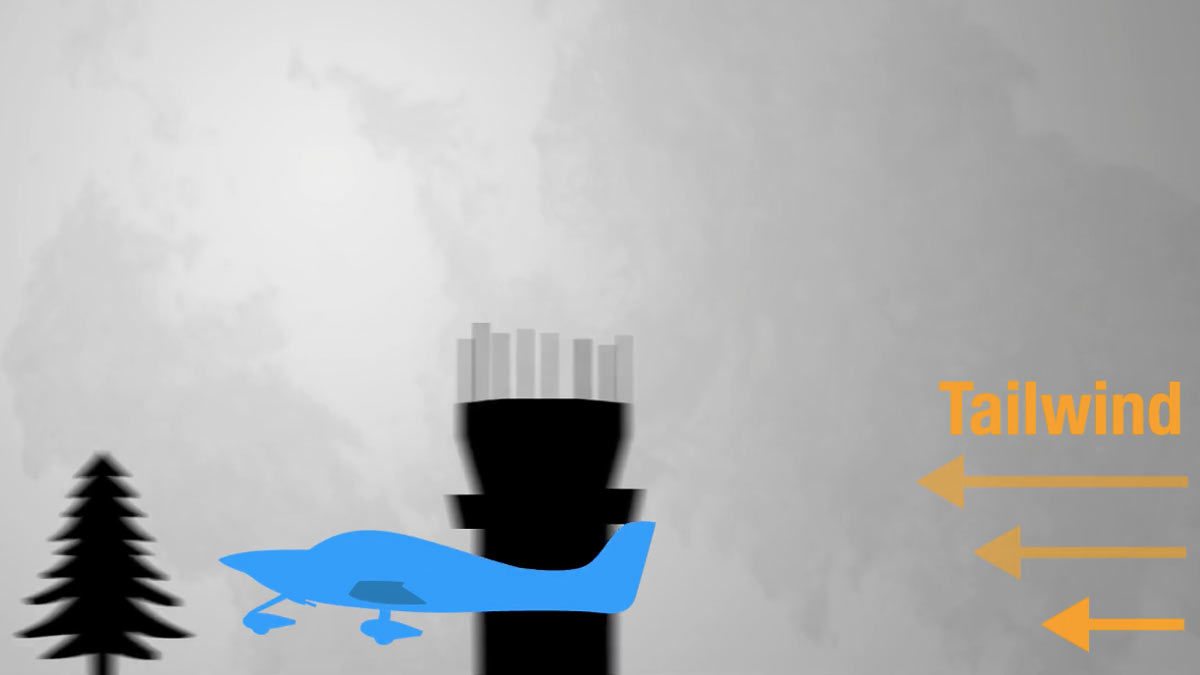The One Seat You Need To Avoid on a Plane

6 Things You Need To Remember During Soft Field Landings
08/06/201611 Things That Frustrate Pilots
14/06/2016Everyone agrees that legroom is a huge deal. But it’s not the only way that airplane seats come up short. Others are constantly bombarded with the scent of the airplane lavatory. Point is, there are many ways your seat can disappoint. Fortunately, you can steer clear of most of these seats most of the time just by learning which ones to avoid when making your
seat selection. Here are the seats you should stay away from every time you travel.
The Seat with the Entertainment Box
You’ve arrived at your seat and you’re going through the process of deciding which items to put in the overhead bin (if you’re lucky enough to find room in the overhead bin) and which to stow under the seat in front of you. And that’s when you look down and realize it’s going to be an easy decision—because there is no room to stash your stuff (or stretch your legs) under the seat in front of you. Instead, there’s a metal case, an “entertainment equipment box,” taking up the entire under-seat storage area. You only have to make this seat mistake once to know those few extra inches of storage and stretching space make a huge difference
The Seat At the Back of Any Section
Seats at the back of a section—those usually found just in front of a bank of lavatories or a galley—are the absolute best if you refuse to recline on principle, truly can’t stand having your seat kicked by the person in back of you, or if you’re simply an aficionado of discomfort. For the rest of us, these seats should be avoided whenever possible.
The Seat Next to the Main Exit Door
If legroom is your only consideration, then this might be the seat for you. But if you’re an average-height person, you may want to question the common wisdom that the seats next to the main exit door are prime real estate. Why? You’ll be giving up your arm’s-reach stowage (no seat in front of you means no under-seat storage, so you’ll need to put everything in the overhead bins during take-off and landing). You’ll also come up against‐literally—the reduced seat width that comes with the solid metal armrests needed to stow tray tables. And you will likely remain chilly for the length of the flight, since the air by the door is colder, presumably because the door has inner mechanical workings instead of insulation.
The Broken Seat
Fly enough and you’ll eventually end up in a broken seat. Maybe the seat leans at a weird angle. Or it jiggles loosely in its bolts. Perhaps the recline mechanism is jammed. Or, as seems to happen far more often than it should, the headphone jack or the seatback screen is on the fritz. Of all the bad seats to get, this one might be the true worst because it’s the one you can’t plan for. In the best-case scenario, you can draw attention to it and be reseated, but it’s our experience that broken seats and full flights go hand in hand.
The Seat Near the Bathroom
Questionable aromas aside, the seats closest to the lavatories are still among the worst in the cabin. That’s because there’s nearly always a line for the bathroom, and there’s something about being in line for the bathroom that seems to make airplane passengers take leave of their basic manners. Expect to be treated to a constant stream of passengers steadying themselves on your seatback, jiggling it back and forth—because of turbulence or simply because they’re in the middle of some complicated hamstring stretch. Prepare for getting various body parts smooshed into your shoulder as people try to accommodate two-way traffic in the aisle. And let’s not forget all the projecting-over-the-engine-noise conversations you’ll be treated to while trying to sleep.
The Tapered Window Seat
At the back of some planes there are a few rows of two. This might seem like a dream—more space, no middle seat. But … there are issues. There’s a gap between the seat and the wall of the plane, so you won’t be able to lean to sleep. If you like the feeling of a little room, it can be nice (and it’s a perk to be able to stash your stuff alongside you rather than under the seat in front). But beware: The person in the seat behind you may claim this space as their extra legroom, which could mean enduring malodourous feet wiggling in your peripheral vision for the length of your flight. And believe us when we say this can make any flight smell twice as long.
Misaligned Window Seat
The implied promise of the term “window seat” is of course that there’s a window you can actually see through. But many planes have configurations that place some seatsbetween windows. Not only is this disappointing for anyone who likes to look out the window, it can also create complicated lighting issues, as the window in front of and behind you may peek into your row but you won’t be able to control them. So if you want a dim cabin but the person behind you prefers light, you’re either going to have to negotiate (we suggest bribing with chocolate) or invest in a good eye mask.





